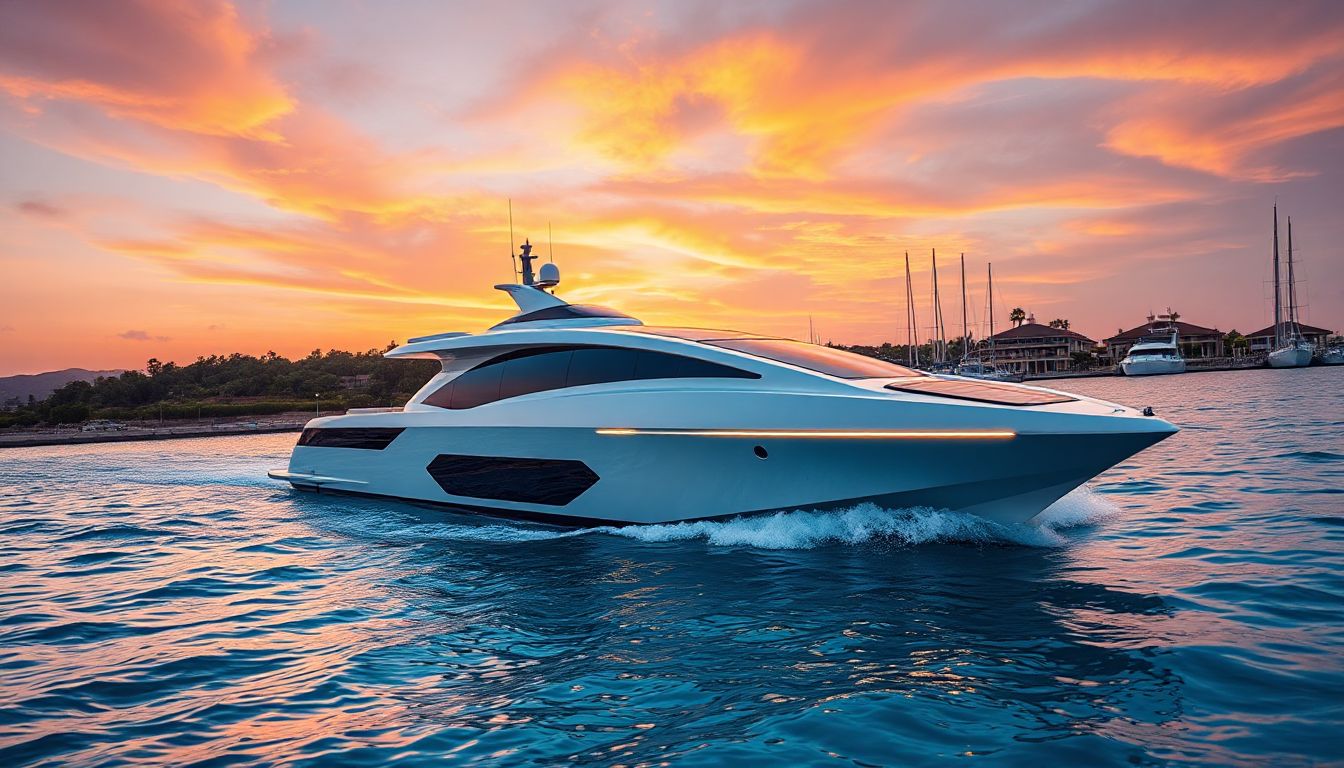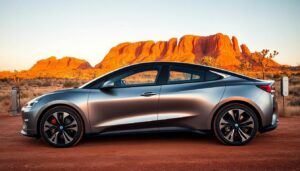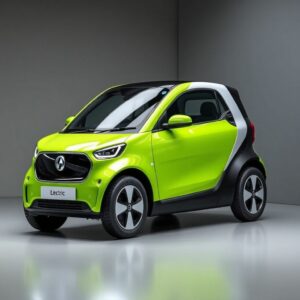Introduction
Electric automobiles transformed how we comprehend transportation and automobiles. This clean energy trend is now making waves. Electric yachts, or turkyachts, are combining luxury with environmentally friendly energy. These new ships may transform sailing forever, saving both the environment and some money. Electric automobile turkyachts are leading the way, a new high watermark for eco-friendly boat travel.
Understanding Electric Turkyachts: Definition and Key Features
What Are Electric Turkyachts?
Electric turkyachts are boats powered mainly by electricity instead of diesel or gas. They use batteries and electric motors to move through water. Unlike traditional yachts, which burn fuel, electric ones are noise-free and emissions-free. They attempt to offer the same luxury and sophistication but with less carbon footprint on our planet.
Main Components and Technologies
- Batteries: Lithium-ion batteries are common in most electric yachts, but solid-state technology is coming. They are energy-dense and fast-charging.
- Electric Motors: They replace traditional engines to offer quiet and smooth cruising. They efficiently convert electricity to motion.
- Renewable Energy: Deck-mounted solar panels and tiny onboard wind turbines help to charge batteries and reduce shore power use.
Advantages Over Conventional Yachts
- Fewer Emission: No exhaust smoke means much cleaner air, especially in congested ports.
- Cost Reduction: Reduced maintenance and lower fuel cost lessen operating costs.
- Quiet Comfort: Quiet electric motors mean silent cruising without engine noise.
Market Trends and Industry Adoption
Current Market Size and Growth Forecast
The electric yachts market is growing at a tremendous pace. According to experts, this sector will grow by up to 20% every year. Trendsetters like Silent Yachts and Oceanvolt are already a class apart with revolutionary designs. As technology advances further, electric turkyachts will become commonplace on the water.
Case Studies and Real-World Examples
- Silent Yachts: Renowned for large solar-powered yachts that travel long distances on zero external power.
- Oceanvolt: A leader in electric drive systems for small and medium-sized boats. Already now, there are some fleets operated entirely electric, showing that these boats can be practical and trendy.
Challenges and Barriers to Adoption
- Battery Range: Electric boats do not quite have as great a travel range as their fuel-powered counterparts before they need to be charged.
- Charging Infrastructure: Harbors need to have charging infrastructure suitable for the larger boats.
- Cost & Regulations: Electric yachts are more expensive upfront, and regulations on safety standards trail.
Environmental and Economic Impact
Environmental Benefits of Electric Turkyachts
Electric yachts emit fewer harmful greenhouse gases, supporting the fight against climate change. They produce no oil spills or emissions, keeping oceans clean. Using such ships supports global efforts to save marine life and fight pollution.
Economic Advantages for Owners and Operators
Operating electric yachts is cheaper in the long term. Maintenance is simpler, and fuel costs plummet. Government incentives, such as tax credits and grants, frequently offset the cost of purchase. Electric components also last longer and require fewer repairs.
Impact on Marine Industry Sustainability in the Future
As businesses move away from the traditional model and toward electric models, the company is changing overnight. Terminals will become green with advanced charging stations. This transformation helps protect the environment and the future of the market.
Technology and Design Advancements
Enhanced Battery Innovations
New battery technology, like solid-state batteries, charge fast and last longer. They are also more recyclable, reducing waste. These advances make electric yachts more easily used on a day-to-day basis and for long cruises.
Design Innovations for Efficiencies
Modern electric yachts feature streamlined hulls that cut water more efficiently. These designs reduce drag and improve speed at no extra power. Others include electric and traditional motors where owners have a choice of flexibility.
Inclusion of Renewable Energy Sources
Solar panels on the cabin roof produce extra power during the day. Onboard wind turbines of small size generate power underway. Combining these sources maintains batteries charged, and trips become more environmentally friendly.
Actionable Recommendations for Buyers and Industry Members
For Future Yacht Buyers
Ask how much battery capacity and charging facilities cost before buying. Do the operating expenses add up? Compare electric with conventional yachts for long-term cost savings.
For Marine Industry Professionals
Going electric means investment in new gear and training personnel. Partner with technology suppliers to retrofit your fleet. Get an education about forging standards in order to stay ahead.
For Policymakers and Regulators
Create incentives like tax credits or subsidies for owners of electric boats. Modernize regulations to stay current with emerging technology. Fund the creation of better charging stations at ports up and down the nation.
Conclusion
Electric boat turkyachts are changing the way we sail and have fun on the water. They provide cleaner air, lower costs, and a smoother, quieter experience. With ongoing advancements in batteries and design, more and more people will turn to electric boats. Looking to eco-friendly marine travel isn’t just smart—it’s the wave of the future for a cleaner world. As the technology grows, look to a future where eco-friendliness and luxury yachts go together. It invests in the electric turkyachts today that lead us to a greener and a cleaner maritime future.




